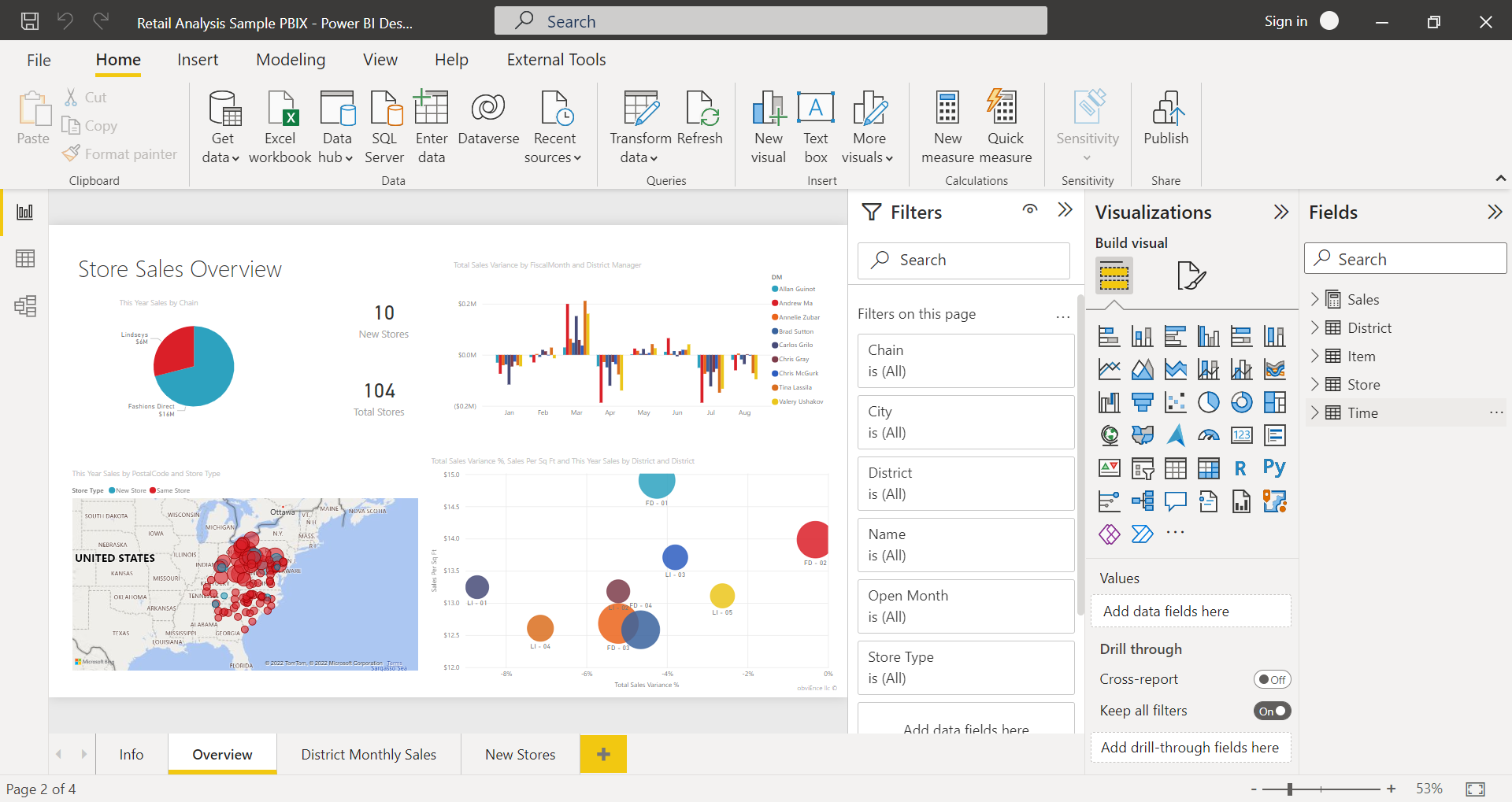
Examples: Task list, risk log, issue log, team roster, curated hyperlinks lists.Create a single list, but with multiple views filtered by various criteria to make the list easier to interact with.Use SharePoint to create custom lists and views to use within your Teams.Use SharePoint when you need to recover files deleted from Team OneDrive folders.Use the SharePoint interface when you wish to set custom permissions on shared OneDrive folders and files (such as those that come with Office 365 groups/Teams).SharePoint sites are automatically created whenever you create a new Office 365 group (such as those that are created when you create a Team.).SharePoint technology underlies OneDrive and Teams.SharePoint is a collaboration intranet system which allows for sharing and managing of content, knowledge, and applications.For more information about how you can fix this mismatch, see Troubleshoot importing Access and Excel. This error may be caused by using mismatched bit versions of Power BI Desktop and the Access Database Engine 2010 OLEDB provider. In some cases, you may get a The '.12.0' provider is not registered error when attempting to import an Access database file to Power BI Desktop. Import Access database to Power BI Desktop

POWER BI DESKTOP TO POWERPOINT FOR MAC DRIVER
If not, you can download the driver from the following location: If you already have a 64-bit version of Microsoft Office installed on the same machine as the gateway, the Access Database Engine 2010 OLEDB provider is already installed. On-premises data gateway errorĪ 64-bit version of the Access Database Engine 2010 OLEDB provider must be installed on your on-premises data gateway machine to be able to load Access database files. When you attempt to connect to a local Access database using Power Query Online, you must select an on-premises data gateway, even if your Access database is online. Troubleshooting Connect to local file from Power Query Online In Navigator, select the data you require, and then select Transform data to continue transforming the data in Power Query Editor. Select the type of credentials for the connection to the Access database in Authentication kind. You must select an on-premises data gateway for this connector, whether the Access database is on your local network or on a web site. Select the name of your on-premises data gateway. In the Access database dialog that appears, provide the path to the Access database.Įnter the file path or URL address to the Access database. In Navigator, select the database information you want, then either select Load to load the data or Transform Data to continue transforming the data in Power Query Editor.Ĭonnect to an Access database from Power Query Online If the Access database is online, use the Web connector to connect to the database. Select the Access database option in the connector selection.īrowse for and select the Access database you want to load. To make the connection from Power Query desktop: Capabilities SupportedĬonnect to an Access database from Power Query Desktop


For more information, go to Import Access database to Power BI Desktop. If you're loading an Access database to Power BI Desktop, the versions of the Access Database Engine 2010 OLEDB provider and Power BI Desktop on that machine must match (that is, either 32-bit or 64-bit). If you're connecting to an Access database from Power Query Online, the system that contains the on-premises data gateway must have the 64-bit version of the Access Database Engine 2010 OLEDB provider installed. Some capabilities may be present in one product but not others due to deployment schedules and host-specific capabilities.


 0 kommentar(er)
0 kommentar(er)
